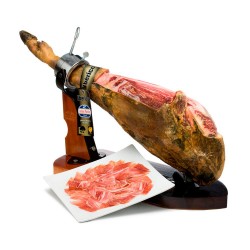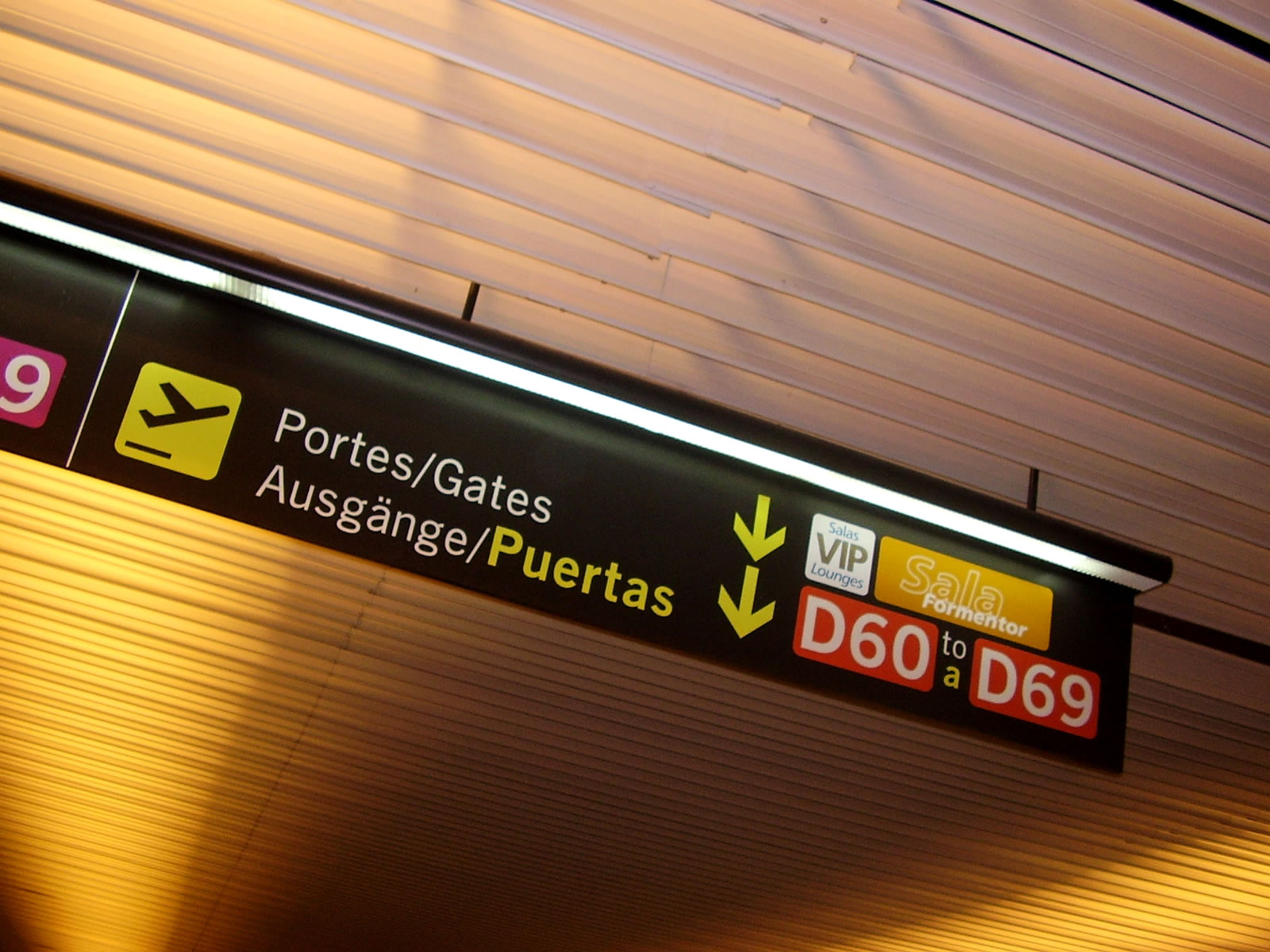Spanish ham called Jamón is greatly prized as a gourmet food both in Spain and around the world. It is eaten regularly in most Spanish households. In fact, not only is Spain the largest producer of air-dried-cured ham, Spaniards are the number one consumers in the world!
Every Spaniard eats about 5 kilograms of cured ham per year. That is double what the Italians eat. There are various types of cured ham in Spain, ranging in price from economical to very expensive. Grocery stores, sausage shops and supermarkets all sell various types of ham and many will not be of a Denomination of Origin. That does not mean it does not great tasting, but it simply did not pass the strict quality control standards.
History of Jamón
Ham is historically important food, dried and cured with salt for centuries. The people of the Iberian Peninsula ate pork and ham in their diet, even in the Roman era. However, when the Moors conquered the Peninsula, because of their religious beliefs, it was prohibited to eat pork . After the Christians regained control and forced the Muslims and Jews to either convert or go into exile, pork regained its popularity.
Some of the best regions to visit for Spanish ham are Teruel, Trevelez (a small village in the Sierra Nevada) which is located in the highest peak in Spain, Girona province in the region of Cataluña, and Soria province in the region of Castilla-Leon.
Jamón is the Spanish word for ham. In English it refers to certain types of dry-cured ham from Spain. There are two primary types of jamón. Jamón serrano which is ham from the sierra or mountains and jamón ibérico which is ham from the Black Iberian pig. It is like Portuguese presunto and similar to Italian prosciutto but it is cured longer and tastes slightly different.
Jamón Serrano
There are almost 2,000 producers of Serrano ham in Spain. Eighteen of these producers formed the Consorcio de Jamón Serrano Español in 1990. The name Jamón Serrano is now controlled by the European Union since the year 2000. It protects the processing of this product, although it does not apply to a specific region. Look for the label that has an “S” in the shape of a ham, and says SERRANO ESPAÑOL if you want to buy Jamón Serrano from the consortium. The mountain or Serrano ham is made from several different breeds of white pigs, such as Duroc, Landrace or Large White. They are fed mainly cereals and cured from 7 to 16 months.
Jamón Ibérico
This ham is made only from the Iberian pig. The breeding of the Iberian pig is restricted to an area in Southwestern Spain and Southeastern Portugal. Although fed some cereals, these pigs also roam countryside and feed on acorns. The curing process lasts from 14 to 36 months.
















